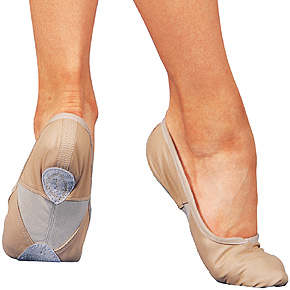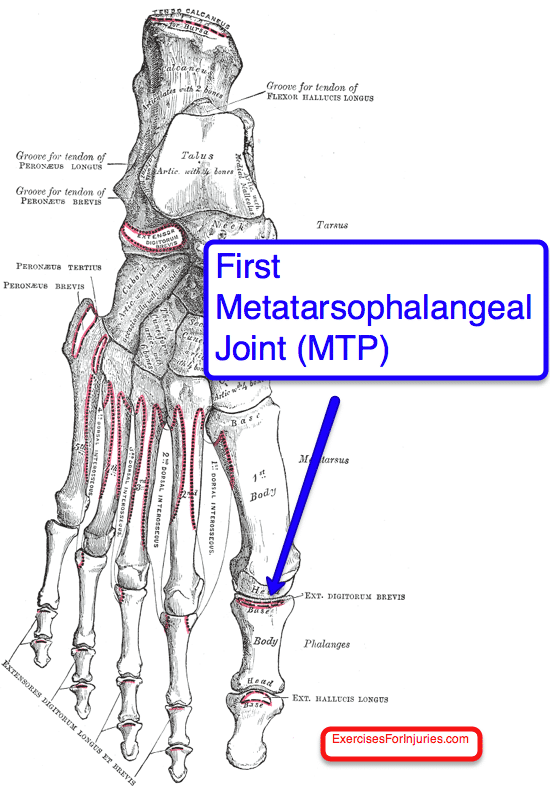This is my first blog and I wanted to start by looking at Pirouettes and the reason some dancers lose balance during the turn.
I will be addressing the role of the fibularii and the first MTP joint (1st ray of the foot). Firstly, stability in demi-pointe is most challenged laterally (meaning inversion and adduction of the foot) and therefore it is important that fibularis longus and brevis are strengthened to create dynamic stability in this movement. So, the load through the supporting (static) leg of the turn should be focused to the medial aspect of the ball of the foot.
Another important factor is the flexibility of the MTP joint of the first ray. If it lacks extension/dorsiflexion, this demi-pointe position will be more difficult. This may be caused by joint stiffness at the MTP joint and/or flexor hallucis brevis tightness. Soft tissue manipulation, joint mobilisation and stretching may be the best option to improve 1st MTP motion.

